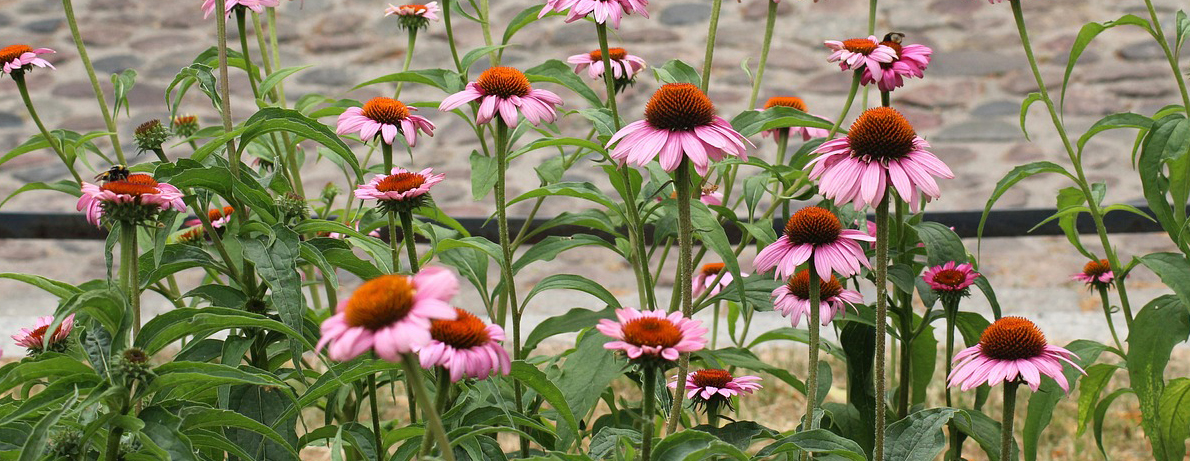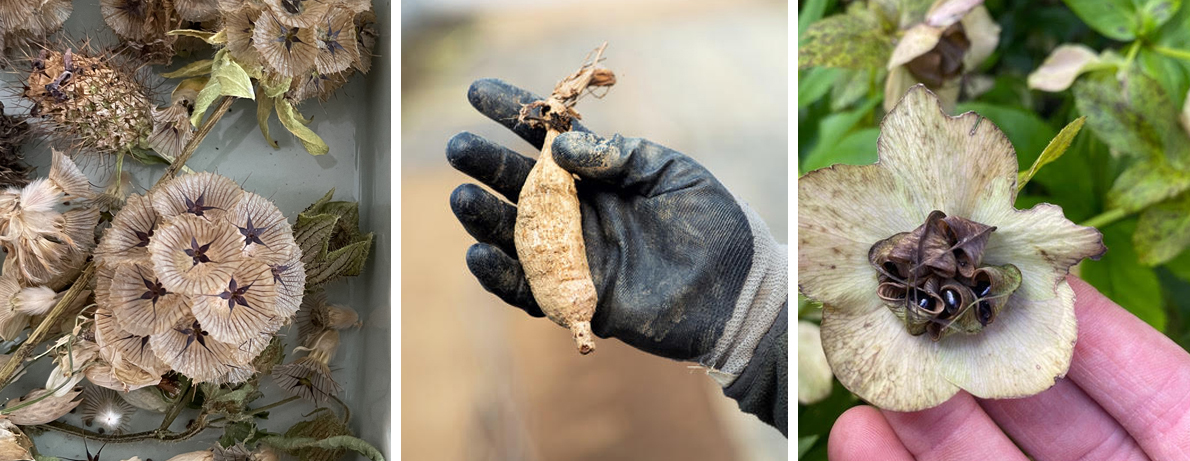Posted by Kelly Jean Reyland
6th Mar 2024
What to do in the autumn flower garden

Autumn is often referred to as ‘nature’s time for planting’ when temperatures are still warm and there is more moisture in the soil. This makes it an excellent time to do some planting, with plants having the opportunity to get roots established before winter dormancy sets in.
If your summer flowers have all finished, consider planting autumn flowering plants like echinacea and chrysanthemums that will perform as the summer flowers finish year after year. Start planting your annuals such as violas, pansies, primula and poppies to get established to carry you through the winter months.
It's bulb planting time for spring flowering bulbs like daffodils, crocus, freesia, ranunculus and many more! Check to see if your bulbs need a winter chill to initiate flowering. An easy way to help them along is to store them in the fridge for a few weeks before planting, especially if temperatures are still warm.
It is also bulb or tuber feeding time for our summer flowering bulbs/ tubers like dahlias that are beginning to finish their show. As they finish and start to die down, they take up food and store it in their tuber for next year's food source, so it is a good investment to get some bulb fertiliser applied now!
Keep dead heading your flowering plants to help keep your flowers coming! You still have potentially a good month or two more of flowers to enjoy – depending on the weather.
As perennials die down, cut back the dead foliage to tidy them up. Plants like delphiniums and peonies, you cut to ground level. Plants like salvias and penstemons should have some of their stems and foliage left to protect them from the cold. Put any diseased foliage in the rubbish bin. Give them a good weed to tidy up around them and apply a light mulch to protect them.

Any vigorous clump forming perennials can be carefully dug up / lifted and divided to give you more plants and to maintain the health and vigour of the plant. Examples include agapanthus, delphinium, hosta and daylilies. You can wait until they have gone dormant or until there is some more moisture in the soil. Keep them well watered after dividing if they are not dormant.
If you are keen on trying seed collecting, now is the time to do it. Don’t cut the flowerheads off when they are finished and let them form a seed head. You need to wait until the seeds have ripened – usually they turn from green to brown, black or red – before cutting the head off and popping them in a paper bag to fully dry out. Check every few days as they can be dispersed quite quickly after they ripen. Once they are fully dry, you’ll find you can shake the seeds out of the seed head, to collect in the paper bag. Remove the remains of the seed head to avoid issues with mould, pests or diseases. Store somewhere in a cool dry place and pop a desiccant packet (silica beads) in with them to keep them dry.
If you are a sweet pea fan, get your seeds planted now so they can establish and grow over the colder months. You will have stronger plants that flower earlier if you get them planted now.
At the end of autumn, if you have heavy soil or the forecast is for a wet winter, you can lift Dahlia tubers, to protect them from rotting. Wait until they have died right back, or a frost has knocked the leaves back. Carefully lift them and you can divide large tubers if you want more plants at this point. Just ensure you keep part of the crown with each division. Rinse the tubers off to clean them, let them dry and store in a cool, dry position until spring.
Have a good clean up, removing any plant material, including fallen leaves, if they are or were infected with pests or diseases. This is the best way to help prevent issues the following year. As deciduous shrubs lose their leaves, give them a spray with a copper fungicide to help seal the wounds left by the leaf drop.
Lastly, give your flower beds some love and spread a layer of fresh compost over the soil to add some nutrients after a busy season of flowering. It will help keep weeds down and improve your soil, which is always a good thing!
Written for Gubba by Kelly Jean Reyland from Garden Advice NZ (www.gardenadvice.co.nz)


























